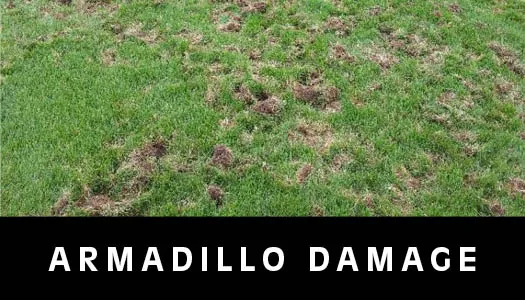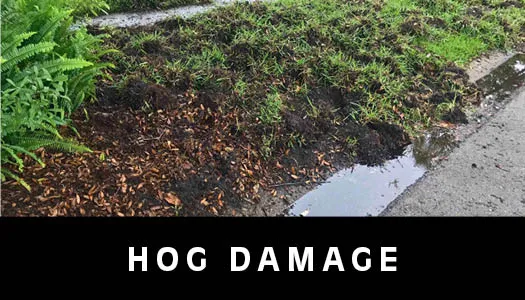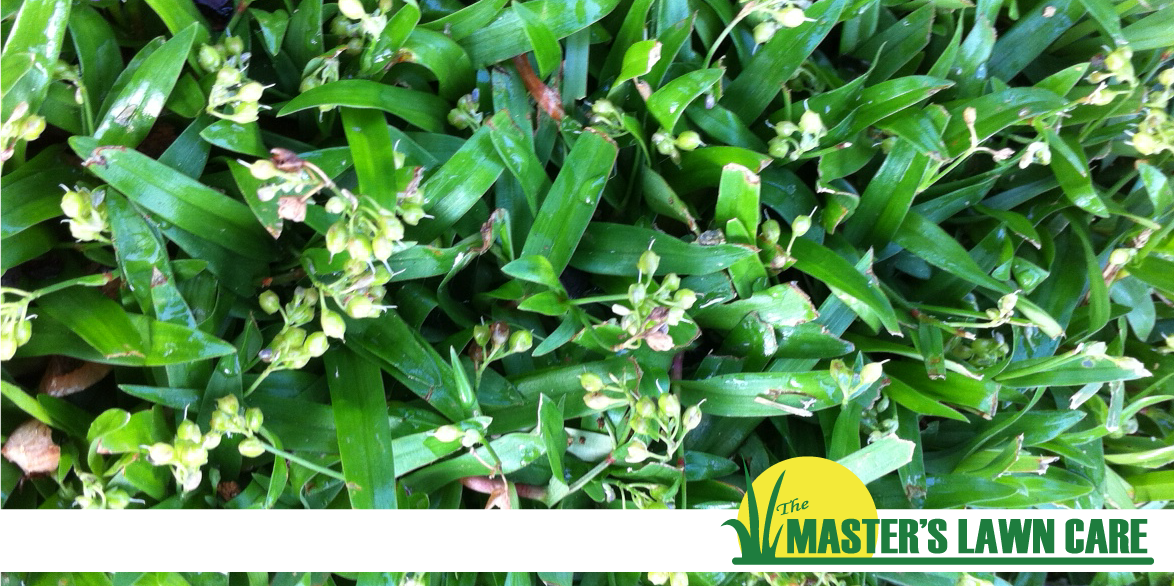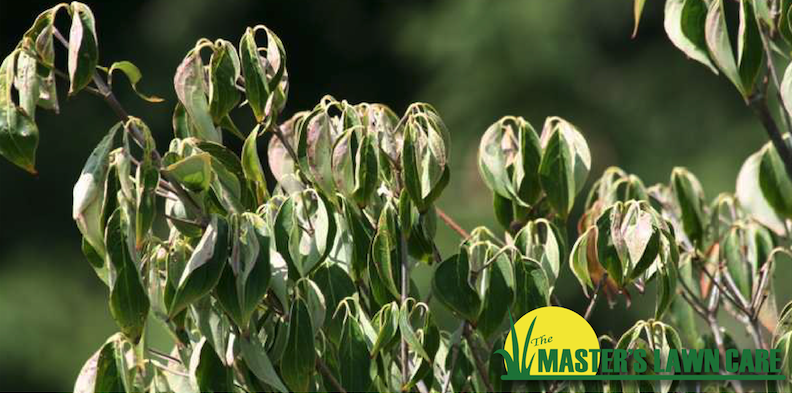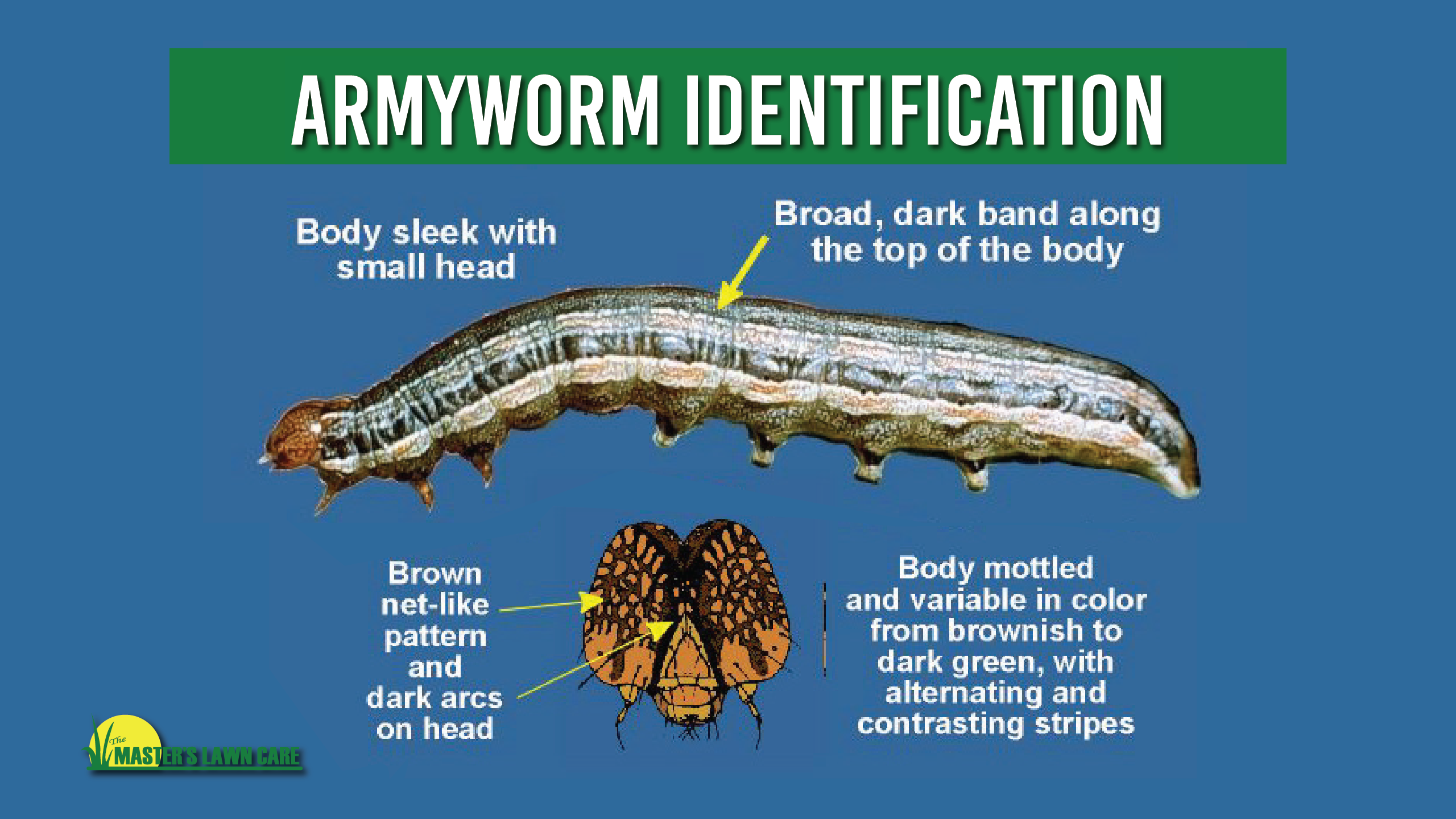Pests can cause untold damage to your home and property before you realize what has happened so it can be important to schedule regular pest control services for your Alachua and Newberry, FL Areas home. The protection professional pest control services can provide can give you peace of mind and less stress as you go about your daily life. Consider the benefits of pest control that stops problems before they start.
Related: The Top Signs That You Need Pest Control Services in the Jonesville and Gainesville, FL Areas
Preventive Pest Control
When you see ants or roaches in your home, this can feel like a violation of everything you work for to protect your family and their health. Plus, these pests can be quite difficult to eradicate. Sometimes it can seem like they are gone only to return in a week worse than before.
A professional pest control service has the products you cannot buy in the aisle of a big box store. Their pest control team arrives with the best products to kill whatever pests are plaguing your home.
Perimeter treatments are aimed at stopping ants, roaches, and other pests from breaching the barrier of your house. This approach is successful because prevention is the best way to stop them in their tracks.
Many times, you might think natural treatments are better but the sad truth can be that they are only minimally successful for the pests that can plague the Alachua and Newberry areas. This is why a reputable pest control company first determines the exact pests that enter your home so they can target the treatments directly.
Licensed, Trained Technicians
Since the treatment products used to eliminate pests from entering your home can be strong, be sure to choose a company that demonstrates training and ongoing education for the team who treats your home.
This can show you that their approach is based on science and that they are extremely careful in the application locations to protect your family and pets from contact. Their holistic approach focuses as much on the protection of your family and pets as it does on pest prevention and removal.
Pest Elimination
At the initial meeting, they will assess your home and property for the pests you can see and locate any that you might not see. This visit will be about killing the pests that are in your home and around the structures.
Afterward, they can apply perimeter treatments that keep those pesky problems from getting into your home. Rest assured, though, that if some do make it through the perimeter, their team will be out to remedy that as soon as possible.
Pest Control Satisfaction Guarantee
A reputable pest control company knows there is nothing worse than having your home treated only to find the same pests a few days later. This is why they make sure that never happens to you with their pest control guarantee.
If any pests show up inside your home between visits, all you have to do is call them and their pest control team will be out to handle it right away. Best of all, this is at no charge to you!
When you need pest control, you need a company that does what it promises every time, leaving your home and property in pest-free conditions.

